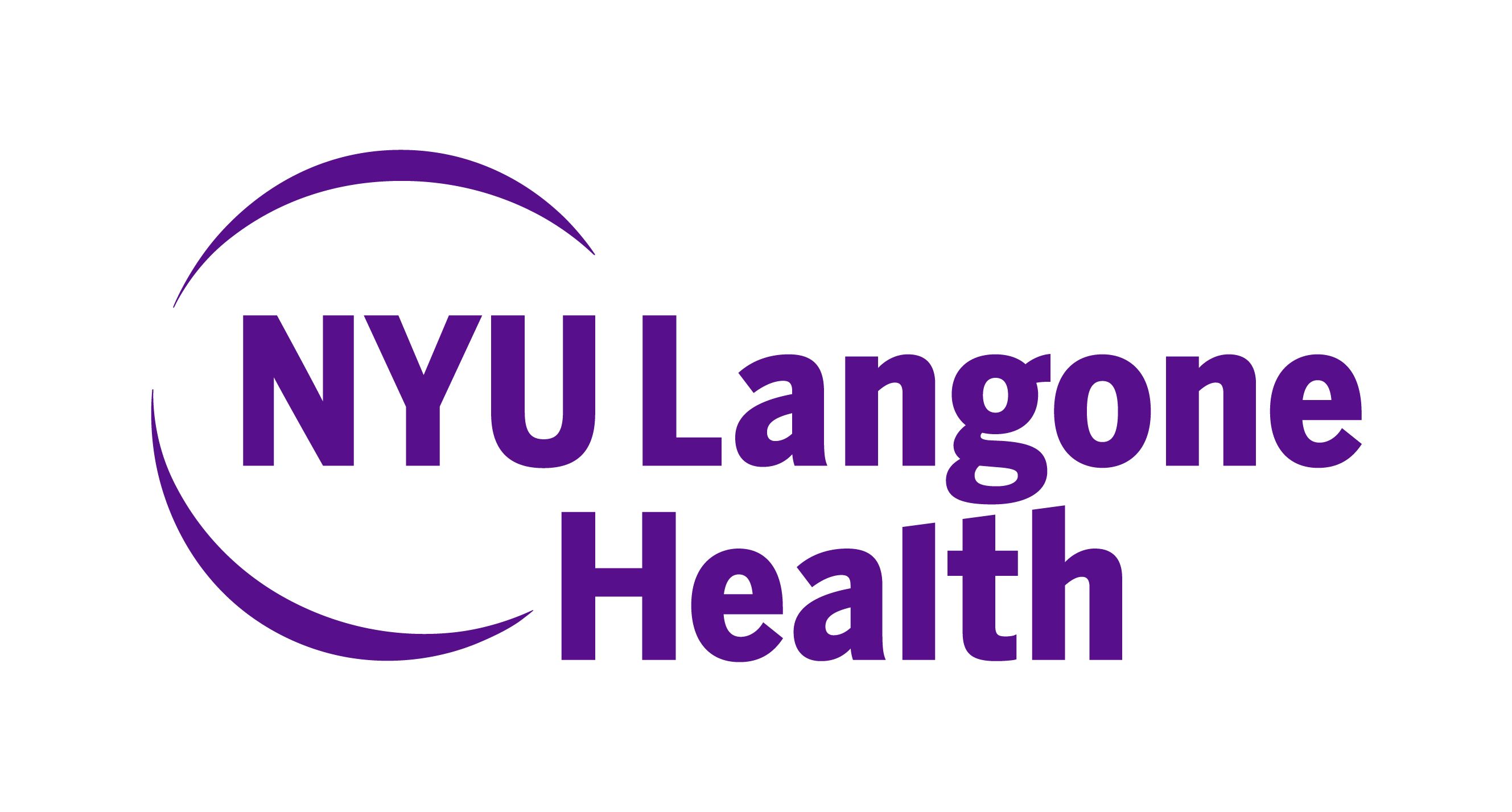A new retrospective study published in Neurology showed that social determinants of health (SDoH), particularly neighborhood socioeconomic status, are significantly associated with the withdrawal of life-sustaining therapies (WLSTs) following intracerebral hemorrhage (ICH).1 The findings suggest SDoH contributes to the differences in WLSTs and mortality and thus, has important implications for the care of patients with ICH.
Among 868 patients with ICH identified in a database, mortality occurred in 17% of the patients and of these, 84% were patients who had WLST. Patients from zip codes with higher median household incomes showed a higher incidence of WLST and mortality (P <.01). Notably, investigators observed that Black nonHispanic race was associated with lower WLST and discharge mortality (P ≤.01 for both).
Top Clinical Takeaways
- The study revealed a significant correlation between neighborhood socioeconomic status and end-of-life decisions, emphasizing the need for a nuanced understanding of social determinants in patient care.
- Disparities in withdrawal of life-sustaining therapies post-stroke are observed among different racial and ethnic groups, highlighting the importance of cultural and religious considerations in medical decision-making.
- The findings underscored the necessity for future research to delve into specific cultural and socioeconomic factors in different neighborhoods, aiming to enhance physician communication and address disparities in end-of-life choices.
“We found that patients with ICH who were African American/Black, and patients with ICH who lived in zip codes with lower median incomes had lower rates of both WLST and in turn, mortality,” senior author Jennifer Frontera, MD, neurologist at NYU Langone Health and professor of neurology at NYU Grossman School of Medicine, told NeurologyLive®. “This may be because of cultural or religious issues that make these groups less likely to choose comfort care/WLST or it may be related to if and how physicians communicate goals of care conversations with these groups.”
READ MORE: Lowered Stroke Rates and Increased Risk of Bleeding With Apixaban as Preventive for Subclinical Atrial Fibrillation
In the study, investigators identified patients with ICH at 3 tertiary care hospitals in New York between January 2017 and December 2022 through the Get with the Guidelines Database. Data on age, clinical severity, race/ethnicity, median household income, insurance, marital status, religion, mortality before discharge, and WLST were collected from the electronic medical records. Associations between SDoH and WLST, mortality, and poor discharge mRS using Mann-Whitney U tests and χ2 tests were assessed. In addition, investigators conducted multivariable analysis using backward stepwise logistic regression.
Of the study sample, (median age, 67 years; interquartile range [IQR], 55-78; women, 43%), 16% were Black nonHispanic, 17% were Asian, and 15% were of Hispanic ethnicity. Findings also showed that 50% of the patients were on Medicare, 22% were on Medicaid, and the median household income was $81,857 (IQR, $58,669-$122,078). In multivariable analysis adjusting for age and clinical severity scores, investigators observed that patients who lived in zip codes with high-income levels were more likely to have WLST (adjusted odds ratio [aOR] 1.88; 95% CI, 1.29-2.74) and mortality before discharge (aOR 1.5; 95% CI, 1.06-2.13).
“Our study results highlight the many complex social, economic, religious, and racial factors that may play a role in decision-making after a patient has a severe bleed in the brain, or hemorrhagic stroke, and dies after withdrawal of life support,” lead author Kara R. Melmed, MD, neurologist and clinical assistant professor of neurology and neurosurgery at NYU Langone, said in a statement.2
Overall, findings showed that Black patients and private insurance were associated with lower likelihood of WLSTs. Among those hospitalized, Black patients made up 7% of those who had WLSTs yet accounted for 18% of those who maintained life support treatments. Similarly, 37% of Black patients had private health insurance and only 20% of those who decided to WLSTs had private insurance. Additionally, investigators observed that Christian patients, particularly Catholics, were 10% more likely to have WLSTs poststroke than maintained, and Jewish patients were 15% more likely to have life support maintained than withdrawn.2
“We are currently looking more extensively as cultural and socioeconomic factors across NYC neighborhoods that may provide more specific insight into factors affecting the WLST decision for different populations,” Frontera told. “Identifying factors that may improve physician communication with different patient groups would be a goal based on this future research.”
REFERENCES
1. Melmed KR, Lewis A, Kuohn L, et al. Association of Neighborhood Socioeconomic Status With Withdrawal of Life-Sustaining Therapies After Intracerebral Hemorrhage. Neurology. 2024;102(3):e208039. doi:10.1212/WNL.0000000000208039
2. Household Income & Health Insurance Among Factors in Decision to Withdraw Life Support After Hemorrhagic Stroke. News Release. NYU Langone Health. Published January 18, 2024. Accessed February 2, 2024. https://nyulangone.org/news/household-income-health-insurance-among-factors-decision-withdraw-life-support-after-hemorrhagic-stroke





































